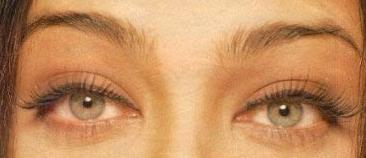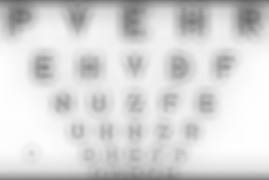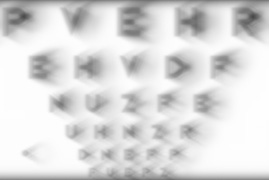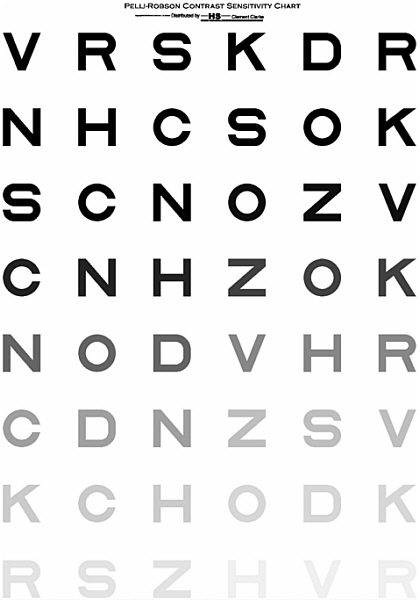![]()

INFORMATION BROCHURE ON REFRACTIVE LENS SURGERY/PRELEX
This information is to help you make an informed decision about having
REFRACTIVE LENS SURGERY to treat your REFRACTIVE ERROR AND PRESBYOPIA.
REFRACTIVE ERROR AND PRESBYOPIA is a natural process of ageing. Every person
gets it sooner or later. Due to imperfections in the structure of the eye ball (
abnormal length, abnormal curvature, abnormal refractive index etc) It impairs
focusing of light on the retina and hence blurs vision.


People with REFRACTIVE ERROR AND PRESBYOPIA even when wearing glasses
typically have difficulty in activities such as driving, recognizing colours,
seeing in the distance or reading, climbing stairs, and sometimes frequently
change their glasses. A high degree of refractive error implies that the patient
is virtually blind in the absence of either contact lenses or glasses, which in
any case do not cure REFRACTIVE ERROR AND PRESBYOPIA. Bifocal glasses impart
difficulty in natural vision due to the image jump and image displacement that
they produce while progressive lenses restrict the field of vision and narrow
our peripheral vision considerably.
There are no medicines with proven efficiency to prevent or treat REFRACTIVE
ERROR AND PRESBYOPIA.
Lasik Laser addresses many of these problems and permanently corrects Short Sight, Long Sight and Astigmatism. Newer Presbyopia correcting modes in these lasers also aim at creating a multifocal cornea in one eye that provides approximately +2D of near power at the spectacle plane. This power is sufficient for most presbyopes to overcome their near vision disability and function without Spectacles.However in some patients, this is achieived by compromising on the contrast sensitivity and distance visual acuity in the lasered eye. This may cause difficulty in Low Light conditions such as driving at night, as also visualizing the environment on a rainy day. As of now, No technology addresses the problems of changing powers in presbyopic patients and do not address the issue of increasing power requirements as the lens ages.
Besides these procedures permanently
alter the curvature of the cornea which reduces the refractive accuracy of any
subsequent Intraocular lens surgery. As there is no technology presently
available that accurately calculates the corneal power in Post Lasik eyes, the
calculation of IOL power with various available formulas using an
inaccurate corneal data results in refractive surprises in post Lasik eyes.
Development of natural eye conditions like Cataract etc further complicate the
picture leading to unsatisfactory refractive outcomes. Other procedures like Conductive Keratoplasty also are not reliable and
require repeated treatment sessions everytime the power changes just like
enhancements are required in Lasik..
Refractive lens surgery and Multifocal IOL implantation permanently addresses
this problem by removing the aging lens and replacing it with a Intraocular lens
customised to the patients power thereby providing both
distance , near and intermediate vision without glasses.
Refractive lens surgery with Multifocal IOL implantation when performed in
eligible patients results in highly satisfactory outcomes. Diabetes, Hypertension and other general health problems are not a
contraindication for REFRACTIVE LENS SURGERY.
The decision to treat a REFRACTIVE ERROR AND PRESBYOPIA is reached by the eye
care practitioner and the patient together. This decision is based on the degree
to which the REFRACTIVE ERROR AND PRESBYOPIA is impairing vision and the effect
of the impairment on the patients quality of life.
Todays REFRACTIVE LENS SURGERY is a marvel of medical technology. At
Sri Venkateswara Nethralaya, it is performed as a outpatient procedure and is a
very sophisticated automated process(PHACOEMULSIFICATION). In this procedure,
the defective lens is aspirated out with a suction device (Phacoaspiration). The
entire lens within its bag is removed through a small self sealing keyhole and
there are no sutures applied to the eye.
Todays REFRACTIVE LENS SURGERY practiced at Sri Venkateswara Nethralaya is
stichless, bloodless, painless procedure with a shorter overall duration of
surgery. There is very negligible postoperative discomfort with immediate
restoration of maximum possible vision usually resulting in a more satisfied
patient and surgeon in stark contrast to earlier forms of manual surgery in
which a larger incision was placed to remove the lens manually in toto and
sutures were frequently applied , which is still practiced mainly in developing
countries due to non availability of Phacoemulsification as well as non
availability of Surgeons who have mastered the art of Phacoemulsification.
There are various forms of intraocular lenses available for correction such as a
rigid lens, foldable lens and multifocal lenses with each lens having a few
advantages over the other in that order. Your eye surgeon will determine the
type of lens best suited for you depending on the general health of the eye.
MULTIFOCAL LENSES allow the patient to see normally both for distance, near and
intermediate distances without glasses and are usually the best lenses used
worldwide for visual restoration.
Medical science has not conquered the final frontier with Multifocal IOLs.
Contrast Sensitivity, Glare , Haloes, Dysphotopsiae, Refractive surprises like undercorrection/ overcorrection etc still present areas for further improvement and innovation that we are constantly working to improve as a scientific community. Advancements in Design( prolate Vs Convex antr surface, apodized Vs Non apodized), Technology (Single piece Vs Multipiece), Abbe Value, UV filters, Yellow Chromatophore represents breakthrough innovations in the field of IOL optics to overcome the limitations and existing adversities even in the newer generation Multifocal IOLs that are changing the lives of millions of our patients every year all over the globe.
